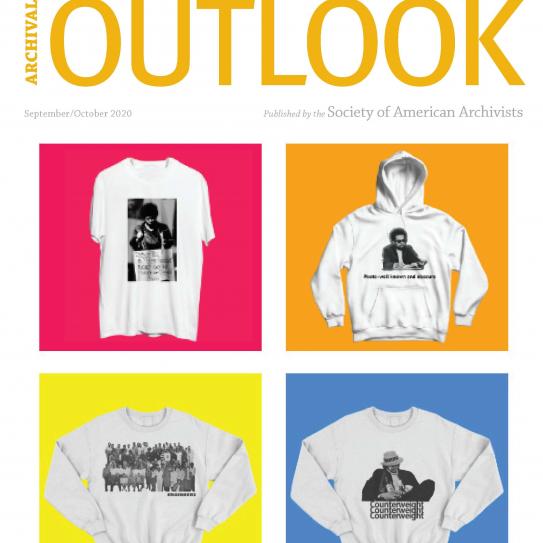Black and Latino Men in STEM: An Abridged History
From the very beginning, the STEM field has been the beneficiary of contributions made by people from a variety of social and cultural backgrounds. Here, we recognize the achievements of Black and Latino men in the broader STEM community, while highlighting the experiences and accomplishments of our innovative alumni, since the school's founding in 1854.
The 19th Century
1823
Alexander Lucius Twilight becomes the first African-American to graduate from an American postsecondary institution.
1837
James McCune Smith graduates from the University of Glasgow in Scotland, becoming the first African-American to earn a medical degree.
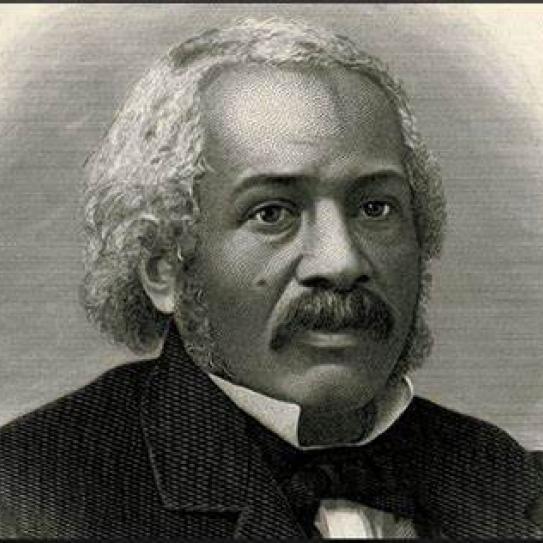
1854
The Brooklyn Collegiate and Polytechnic Institute is founded, as well as the NYU School of Civil Engineering and Architecture.
1872
Elijah McCoy patents the automatic lubricator for steam engines. A prolific inventor, McCoy secured 57 patents in his lifetime.
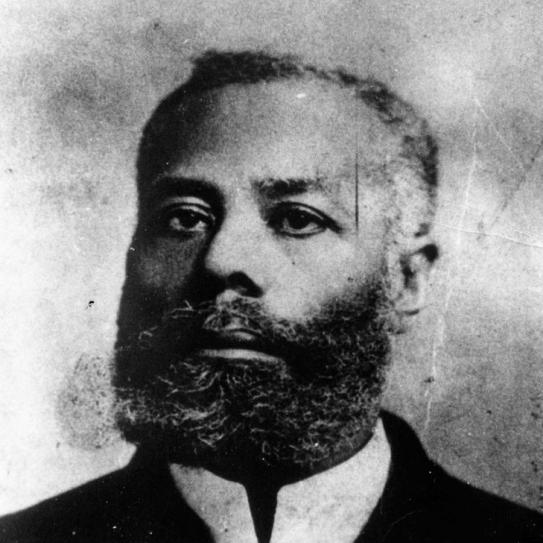
1876
Edward Bouchet completes his doctorate in physics at Yale, becoming the first African-American to earn a Ph.D. from a US institution.

1880
José Celso Barbosa graduates from the University of Michigan as the valedictorian, becoming the first Puerto Rican to earn a medical degree in the US.

1881
Dr. Carlos Juan Finlay discovers how yellow fever is transmitted, a finding confirmed in 1900.
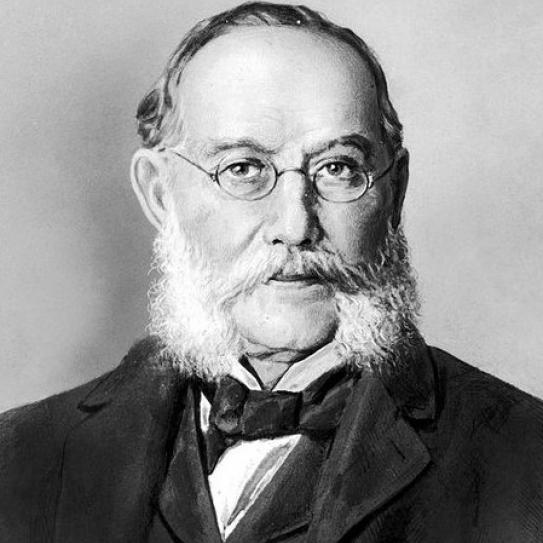
1883
Dutch Guiana-born (now Suriname) Jan Ernst Matzeliger patents his automated shoe lasting machine.

1887
Granville T. Woods, eventual holder of almost 60 patents, invents the multiplex telegraph, a game-changer for the transportation industry.
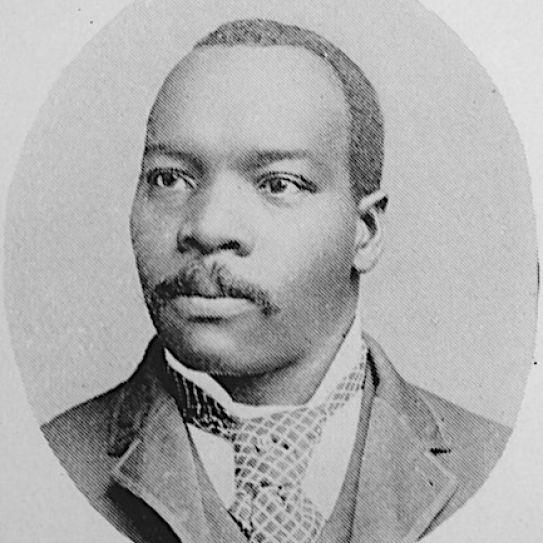
1889
Renamed the Polytechnic Institute of Brooklyn.
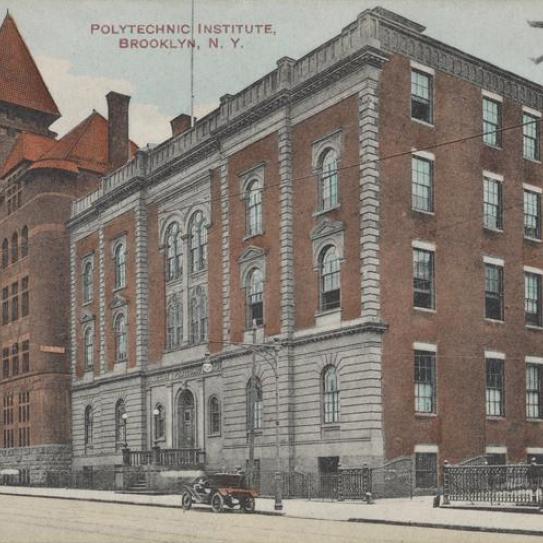
1891
Dr. Daniel Hale Williams opens Provident Hospital, the first Black owned and run hospital in the US.
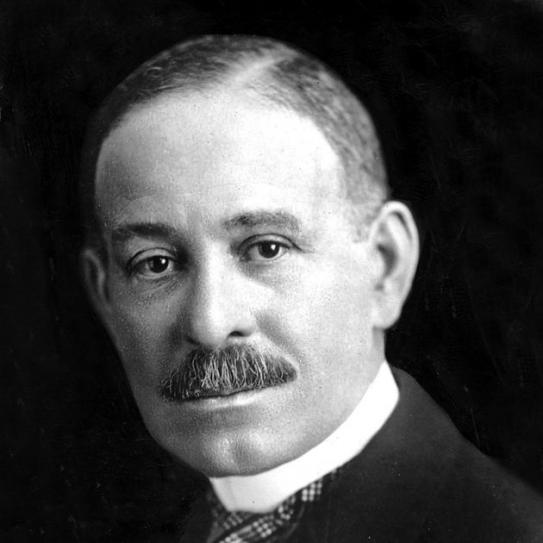
1894
NYU establishes the University Heights campus in the Bronx.
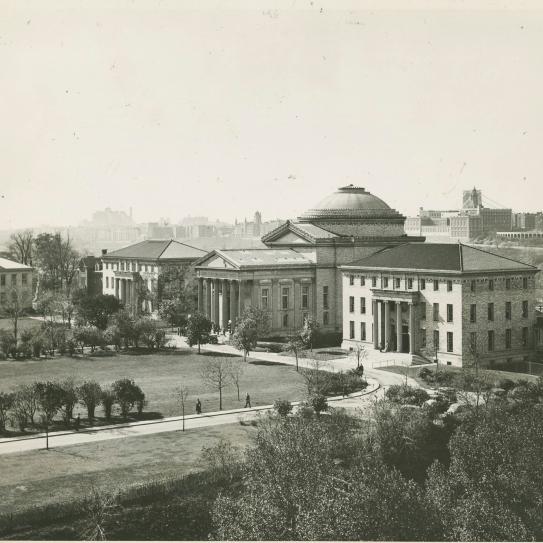
The 20th Century
1911
Panama-born Dario Melendez graduates from Polytechnic with a degree in electrical engineering.

1915
Luis E. Eckelmann (BS Chemistry '16) presides over the Polytechnic Chemical Society and publishes a paper in The Polytechnic Engineer.

1922
Multi-instrumentalist William G. Holly (BS Chemical Engineering ’22) assumes directorship of the Poly orchestra.

1928
Professor Darnley Howard (BS Mechanical Engineering '20) leaves Poly to head Howard University's Mechanical Engineering Dept.

1948
X-ray reflection microscope is co-invented by Albert Baez and his doctoral advisor, Paul Kirkpatrick.
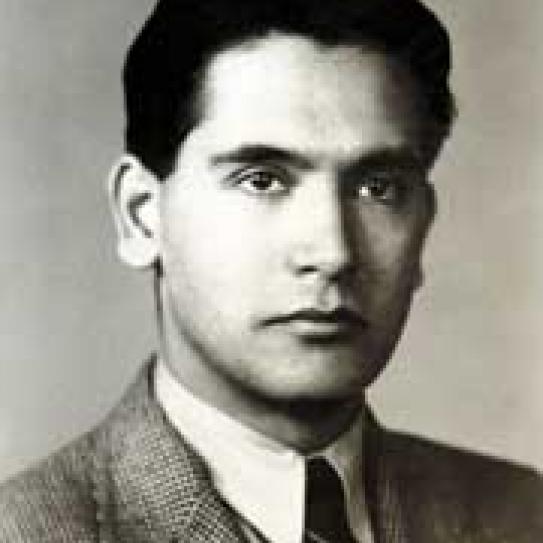
1960
World War II veteran Charles E. Anderson (MS Chemistry ‘48) earns a Ph.D. in meteorology from MIT.
1961
Albert Baez serves as the first director of UNESCO's science education program.

1961
Visiting Congolese students from Lovanium University tour Polytechnic's research labs with Dean Jacob Hostetter.
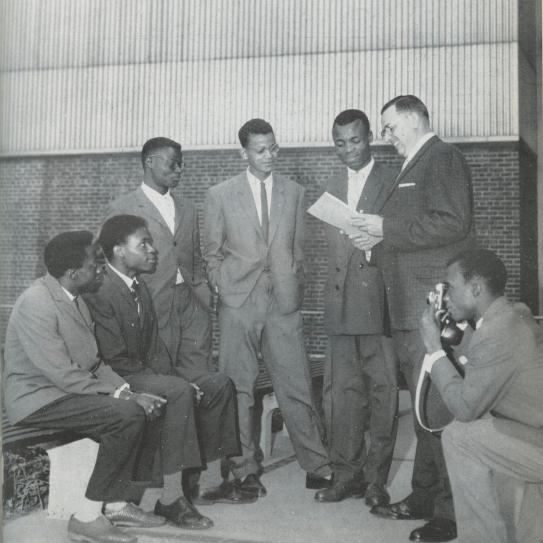
1967
Maj. Robert H. Lawrence, Jr. (US Air Force) becomes the first African American astronaut.
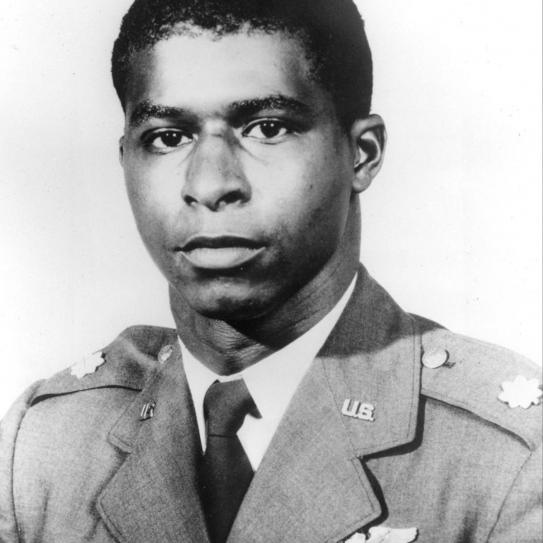
1968
Black Student Union is created and begins to publish a column in the Polytechnic Reporter.
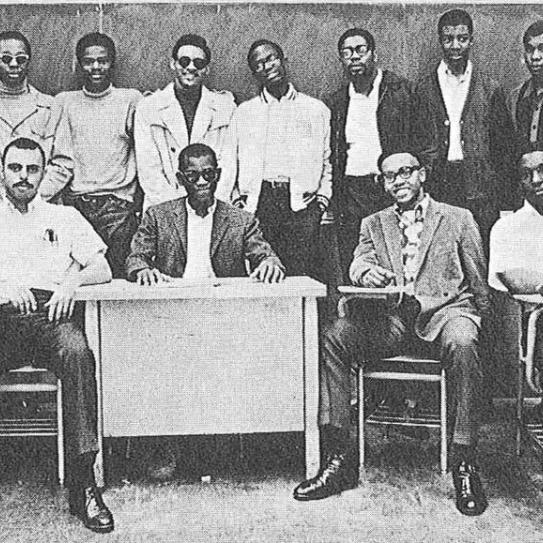
1969
Alpha Phi Alpha establishes a presence on campus.
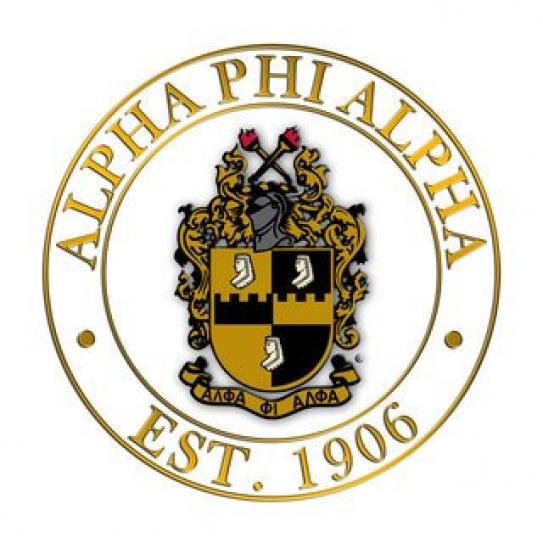
1973
Renamed Polytechnic Institute of New York after encompassing the faculty, programs, and students of New York University College of Engineering
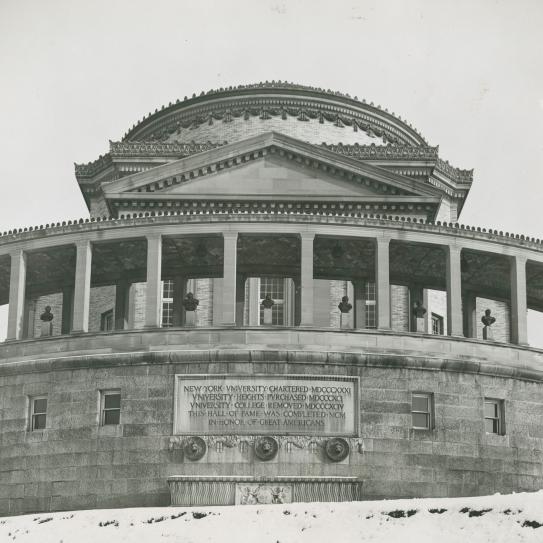
1974
National Action Council for Minorities in Engineering (NACME) is founded.
1979
Society of Black Engineers is established as a student club.

1979
The Cooperative Educational Minority Scholars and the Women Late Entry Program awards a five-year scholarship to Armando Rodriguez.
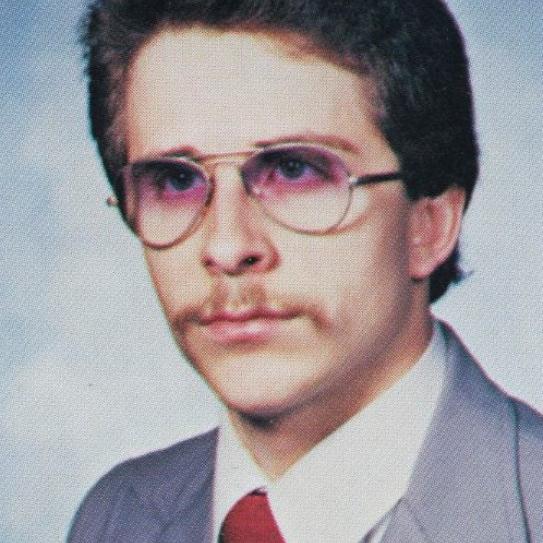
1979
Association of Latin American Students is established at Poly.

1980
National Society of Black Engineers (NSBE) establishes a chapter at Poly.
1981
Physicist Franklin Chang-Diaz becomes the first Latino astronaut.
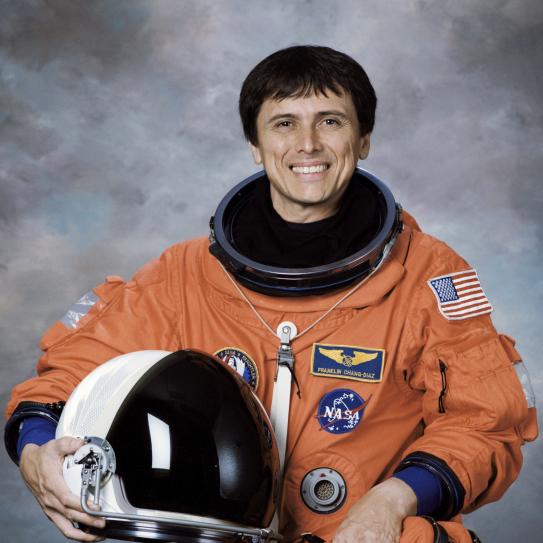
1983
Guion Bluford becomes the first African American to travel into space.

1985
Renamed Polytechnic University.
1989
HENAAC, now known as Great Minds in STEM, is created.

1992
Society of Hispanic Professional Engineers (SHPE) establishes a chapter at Poly.
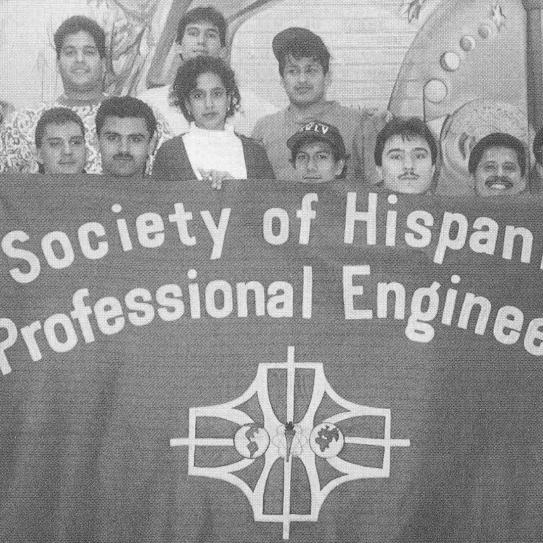
The 21st Century
2006
Erich Kunhardt (Ph.D. Physics '76) rejoins the Polytechnic community as the new provost.
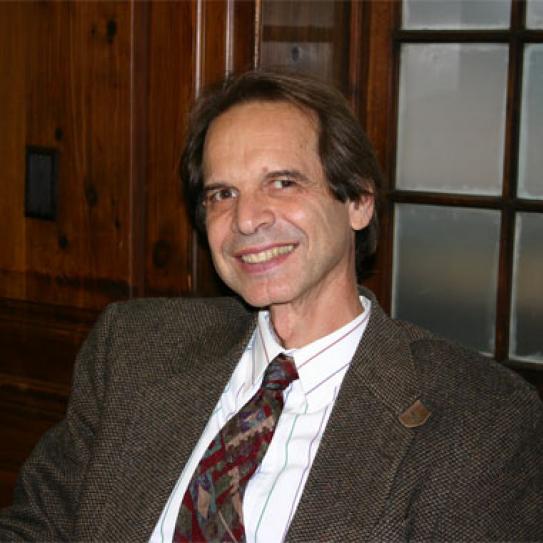
2008
An affiliation is forged between Polytechnic and New York University, creating the Polytechnic Institute of NYU and paving the way for an official merger.
2008
Arthur C. Martinez (BS Mechanical Engineering '60), retired chairman and CEO of Sears, receives an honorary doctorate at commencement.

2013
Dr. George Carruthers, a pioneering physicist, receives the 2012 National Medal of Technology and Innovation from President Barack Obama.

2014
Merger with New York University becomes official - name changes to the NYU Polytechnic School of Engineering.
2015
Chandrika and Ranjan Tandon generously donate $100 million and the school is renamed NYU Tandon School of Engineering
2015
Calvin Young III (BS Mechanical Engineering ‘10) announces his candidacy for mayor of Baltimore.

2018
The Black and Latino Men at Tandon committee is created.
2018
Professor André Taylor discusses his solar cell research with Hari Sreenivasan on an episode of SciTech Now on PBS.
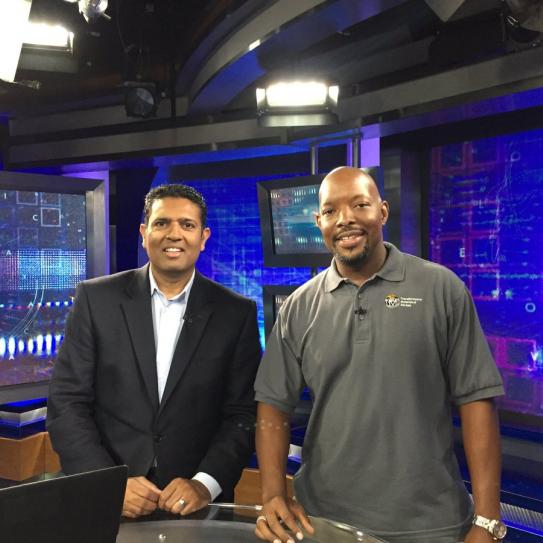
2019
Professor Juan Pablo Bello assumes the directorship of the Center for Urban Science and Progress (CUSP).
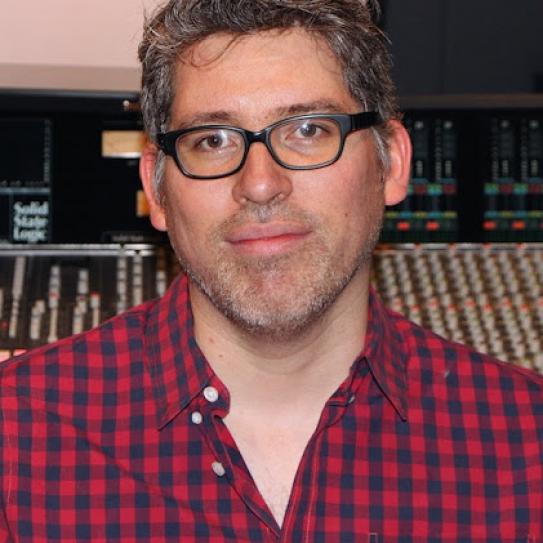
2020
Professor Miguel Modestino receives a Faculty Early Career Development Award from the National Science Foundation (NSF).
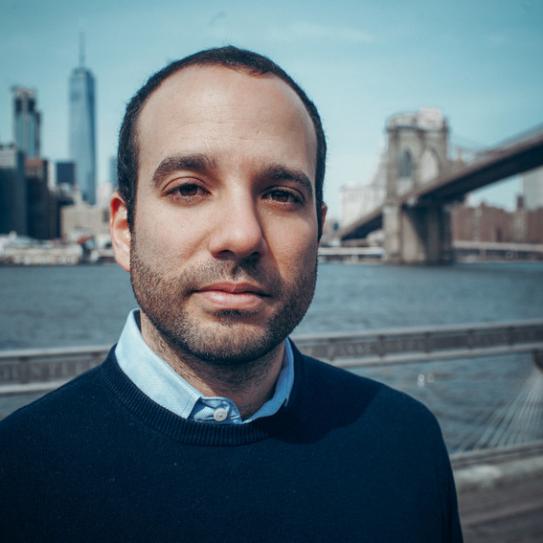
2020
Lieutenant Colonel Harry Stewart Jr chronicles his experiences as a Tuskegee Airman during WWII for National Geographic.

2020
Joel Urena's (BS Integrated Digital Media '20) visual history of Black and Latinx students at Tandon is the cover story for Archival Outlook
